5 Common Myths About Native Plants—Debunked!

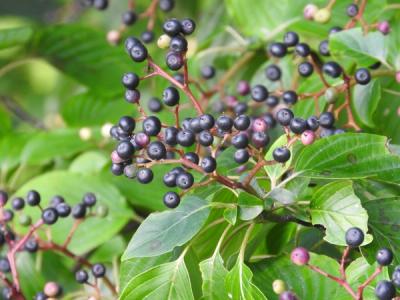
When it comes to gardening, native plants are gaining popularity, but some persistent myths discourage homeowners from embracing them. These plants, adapted to local conditions, require less maintenance, support wildlife, and conserve water. In California, for example, native plants are already proving crucial for maintaining the state's unique ecosystems and supporting the overall web of life. Let’s debunk five of the most common misconceptions and help you build a thriving, sustainable garden in your own backyard.
Introduction: Benefits and Importance of Native Plants
Native plants are more than just a beautiful addition to your garden; they are a cornerstone of local ecosystems, providing essential food, shelter, and habitat for a diverse range of wildlife. By planting native species in your own backyard, you create a sanctuary for birds, insects, and small mammals, fostering a thriving ecosystem right outside your door.
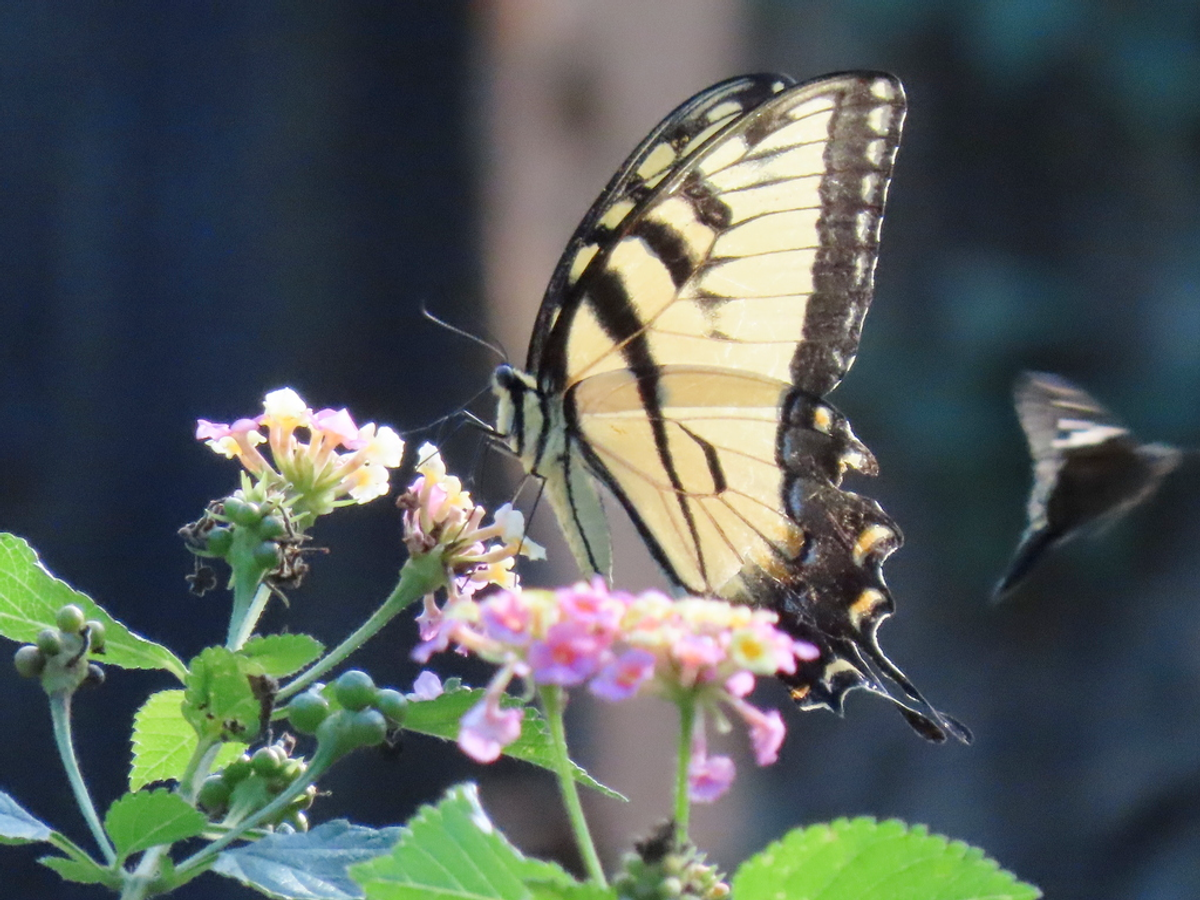
One of the greatest advantages of native plants is their adaptability to local growing conditions. These plants have evolved to thrive in the specific soil, climate, and rainfall patterns of your region, making them more resilient and easier to maintain. This means less watering, fewer fertilizers, and a lower overall maintenance burden compared to non-native plants.
In addition to their practical benefits, native plants play a crucial role in mitigating the effects of climate change. They sequester carbon, reduce greenhouse gas emissions, and provide important cover for wildlife, offering places to hide from predators, escape harsh weather, and regulate body temperature.
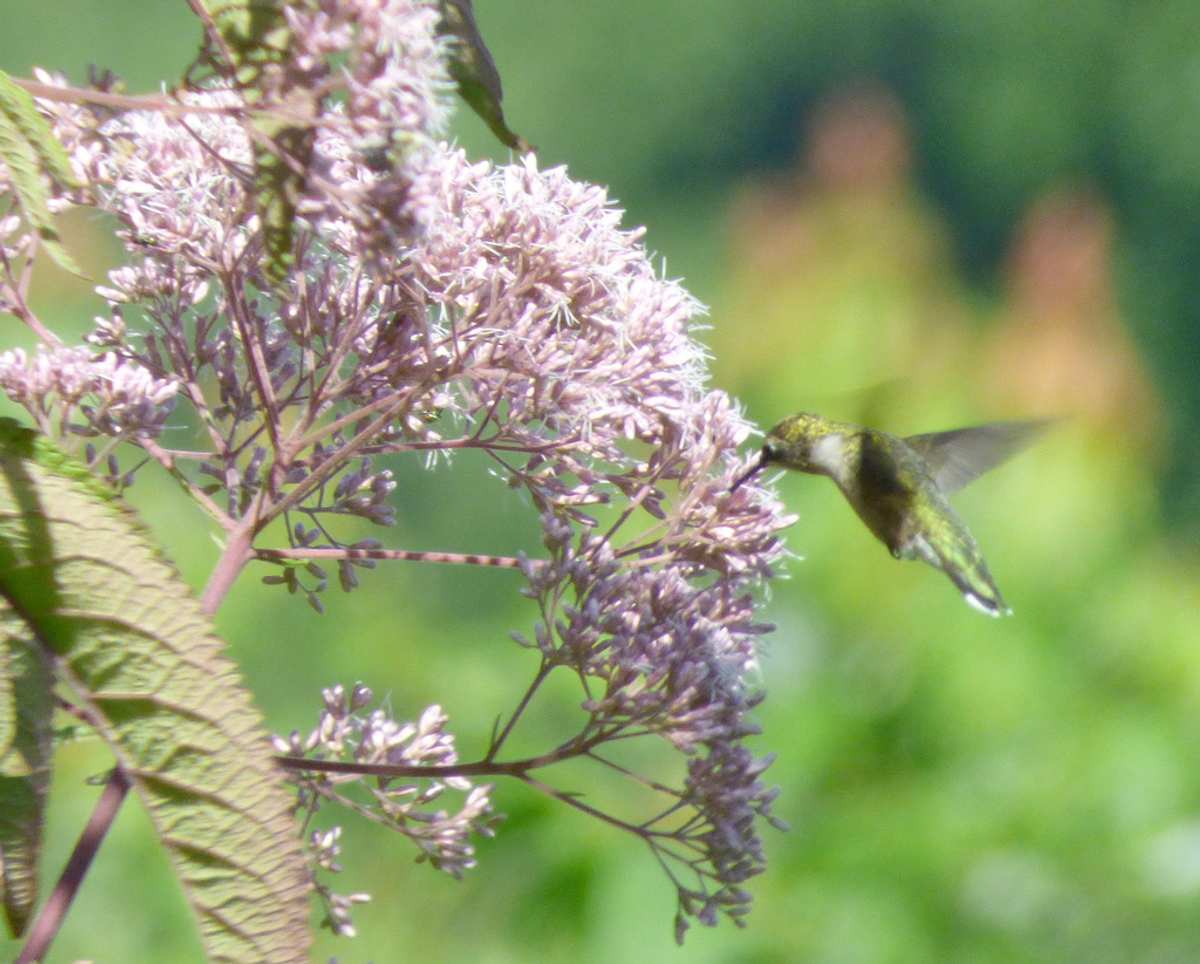
Creating a garden with native plants can also help you achieve certification as a Certified Wildlife Habitat, supporting local biodiversity and ecosystem health.
By incorporating native plants into your garden, you not only enhance the beauty of your landscape but also contribute to the health and sustainability of your local environment. Whether you’re looking to create a vibrant pollinator garden, provide habitat for local wildlife, or simply enjoy the low-maintenance beauty of native plants, the benefits are undeniable.
Myth: Native Plants Look Messy and Untamed
Reality: Regular maintenance is key to maintaining the look of any garden. While some native gardens have a wild aesthetic, they can be designed to fit any backyard style. With structured planting techniques, shrubs, and well-defined ground cover, native landscapes can look just as polished as traditional lawns.
Pro Tip: If you prefer a manicured look, incorporate trees, perennials, and shrubs in defined beds. Adding stone pathways or mulch creates a visually appealing contrast.
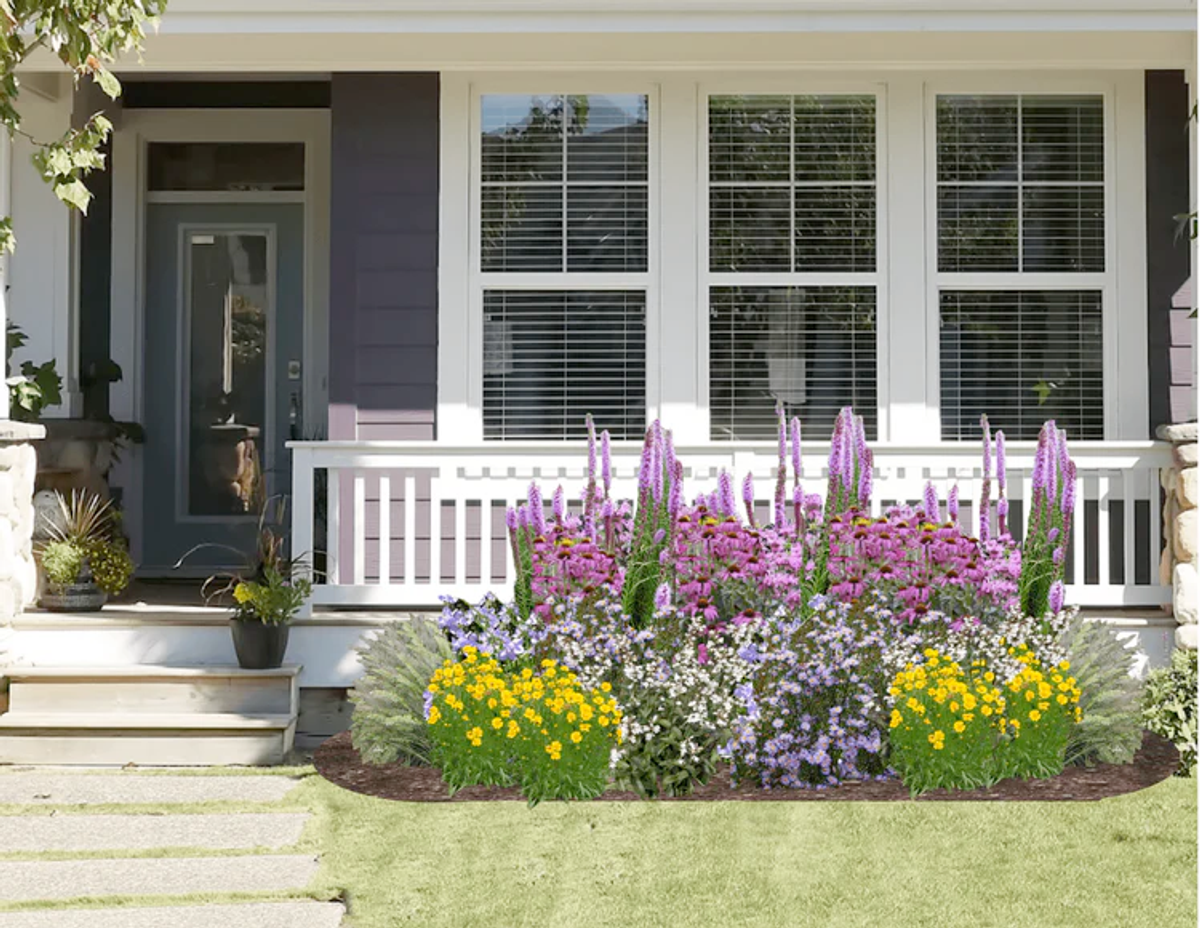
Myth: Native Plants Attract Pests and Unwanted Wildlife
Reality: Native plants actually help balance local ecosystems by supporting beneficial insects and birds, which naturally control pests. Many non-native species require chemical pesticides, which harm biodiversity.
Pro Tip: If you want to attract pollinators like butterflies and bees without inviting unwanted bugs, choose nectar-rich flowers like milkweed or coneflowers.
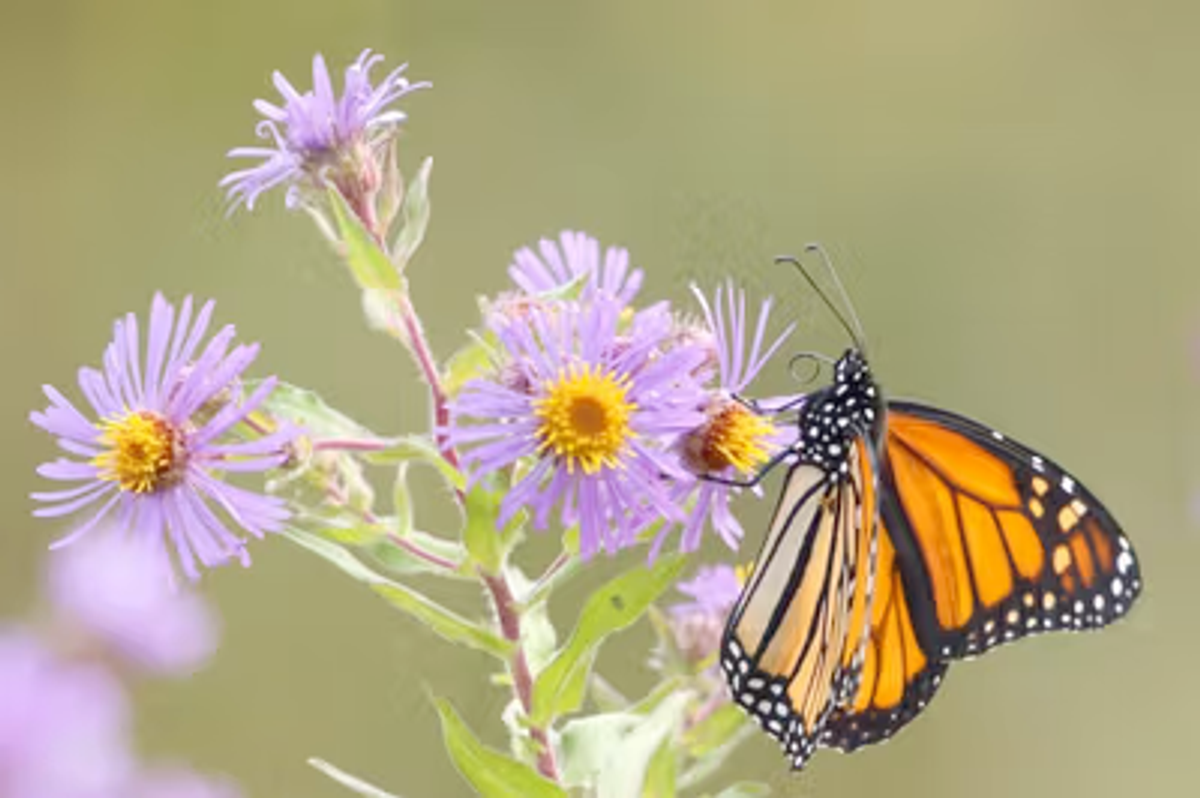
Myth: Native Plants Are Hard to Maintain
Reality: Once established, native plants require little maintenance compared to traditional turf lawns. They are already adapted to the local soil, climate, and rainfall patterns, meaning less need for fertilizers and extra water.
Pro Tip: Choose drought-tolerant natives to further reduce your need for irrigation. My Home Park offers pre-planned native garden kits that make it easy to get started.
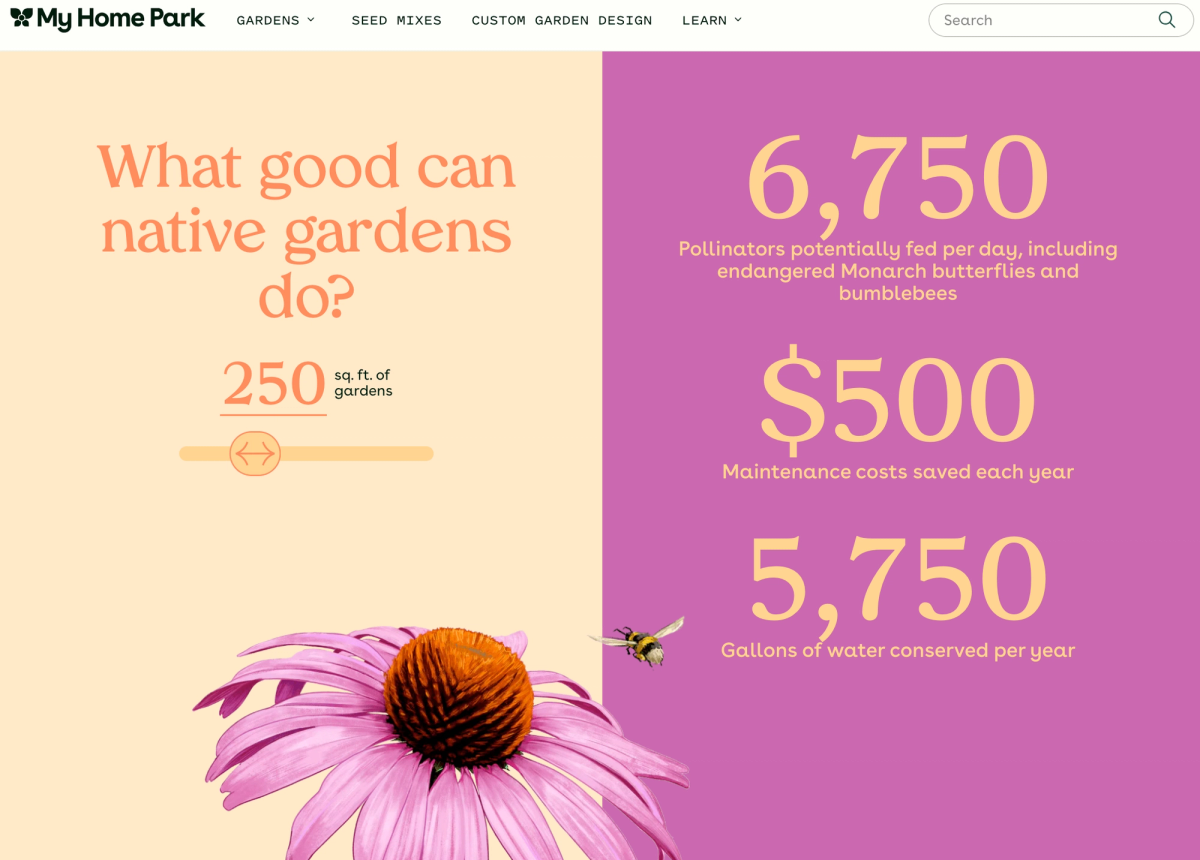
Myth: Native Plants Are Invasive
Reality: A true native plant is never invasive in its home habitat. In contrast, many non-native species, such as Bradford pears and English ivy, disrupt ecosystems and outcompete local vegetation.
Pro Tip: Check whether a plant is truly native to your region before planting. Many guides and resources, including My Home Park’s curated selections and plant glossary, make it easy to find native species for your area.
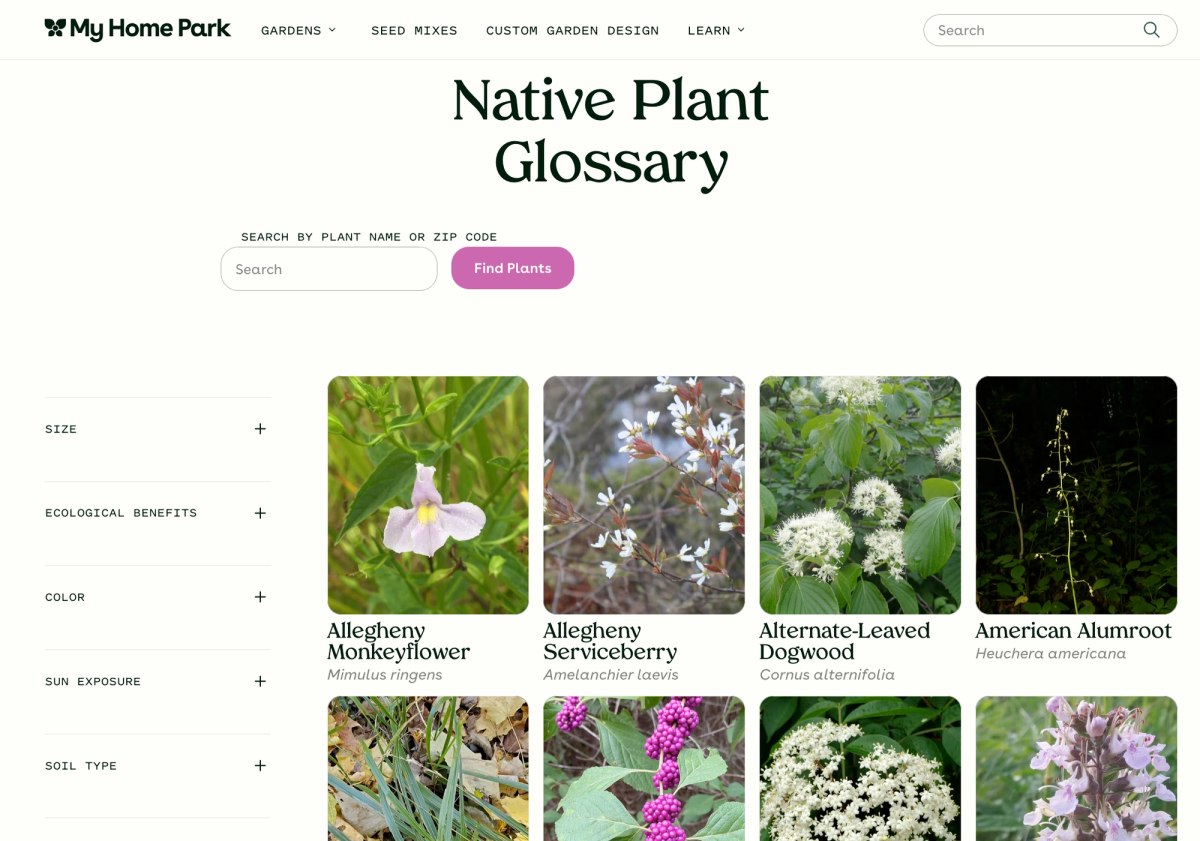
Myth: Native Plants Don't Provide Enough Color or Beauty for Gardens
Reality: Many native plants boast vibrant blooms and rich seasonal colors, attracting wildlife while making your yard beautiful year-round. From bright purple blazing star to golden black-eyed Susans, native species provide stunning visual appeal.
Pro Tip: Mix early bloomers with late-season flowers to create continuous color throughout the year. If you want to include more trees or shrubs, opt for species like redbud or dogwood to enhance seasonal variety.
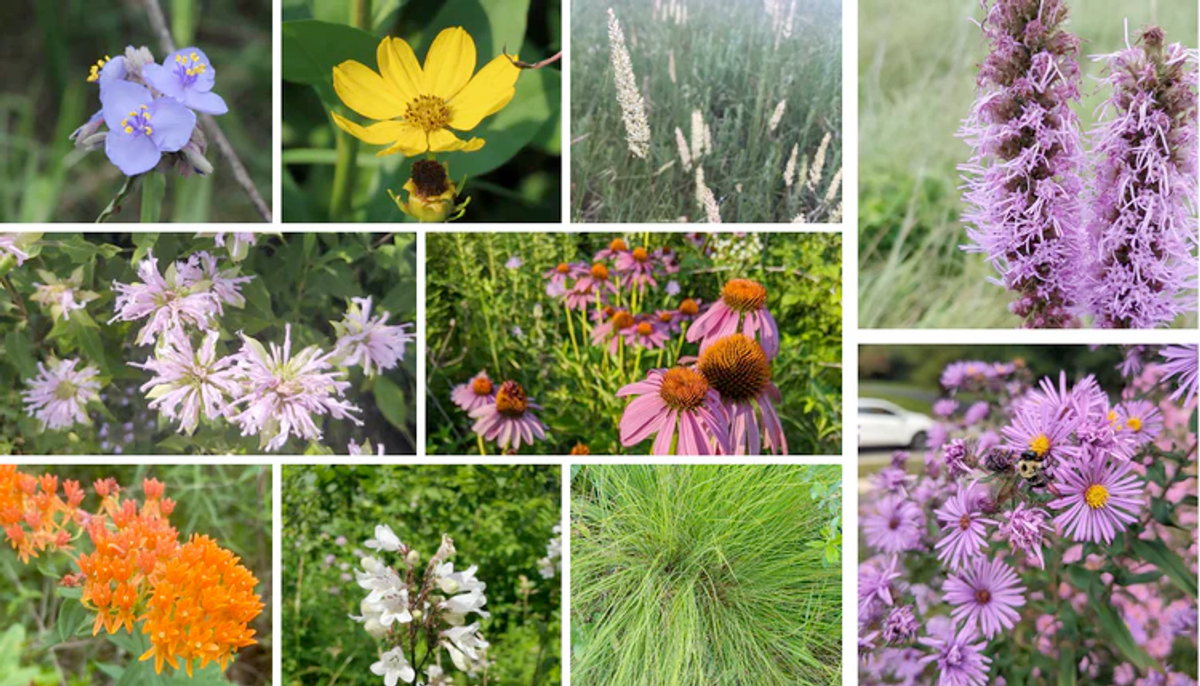
Final Thoughts
Switching to native plants isn’t just an eco-friendly choice—it’s a smart investment in your home’s landscape. These plants reduce maintenance, conserve water, and provide essential shelter and food for local wildlife. Whether you’re looking to create a vibrant pollinator garden, replace your lawn with a more sustainable alternative, or simply add low-maintenance beauty to your own backyard, native plants offer unmatched benefits.
At My Home Park, we make it easy to bring the power of native plants into your landscape. Our expertly designed, pre-planned native gardens take the guesswork out of plant selection, ensuring you get the right species for your region and soil conditions. Whether you're starting small or ready for a full home habitat transformation, we have solutions tailored to your needs. Browse our collections today and take the first step toward a healthier, more beautiful yard—all while supporting biodiversity and conservation efforts in your local community!

Share this article


